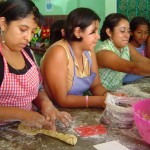
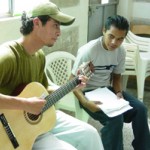
When neighbors asked Manfer Manuel Guzmán how much the new Youth Outreach Center pays him, he said, “I’m paid with love and I’m planting seeds to harvest.”
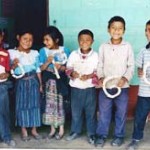
In Guatemala's Quiché department, only half the children complete first grade - one symptom of a wider education problem that continues a cycle of illiteracy and poverty in the area, especially among rural, indigenous girls. Inefficiency in the education system is one of the root causes and particularly affects the lower grades.
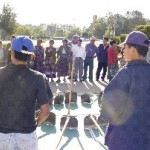
More than a third of Guatemalans are between 15 and 29 years old. Only two of every five children finish sixth grade and just 19 percent of all high school-aged kids are in school. Guatemala's population growth rate is the second highest in the hemisphere and doubles the population every 19 years. More than 70 percent of Guatemalans live rural poverty, driving the country's youth to seek work in unskilled labor or organized crime. Youth are disenfranchised and marginalized, deprived of the tools and the opportunity to become productive, healthy, responsible citizens.
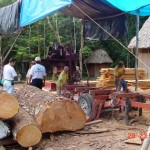
The Maya Biosphere Reserve in Guatemala's northern Petén is a vast area of forest that is not suited for agriculture, but is vital for tourism — one of Guatemala's top sources of revenue — and for marketing forest products. The reserve is essential to Guatemala's economic and environmental well-being. Most immigrants to Petén settle on the forest land to farm, and, every few years, move on in search of better soil when the land becomes unproductive. Largely from small rural communities where subsistence depended on farming of corn and beans, the immigrants brought techniques that destroy the Petén's tropical habitat, like slash and burn land clearing








Comment
Make a general inquiry or suggest an improvement.